Key Highlights
- Product photography is crucial for presenting products effectively, influencing potential customers’ buying decisions.
- It highlights details like size, color, and features, boosting ecommerce sales.
- Various types of photography, including studio shots and lifestyle images, cater to different marketing needs.
- Equipment like mirrorless cameras, macro lenses, and tripods ensures clarity and precision in product images.
- Understanding lighting and camera settings plays a critical role in achieving quality product images.
- Post-processing enhances visual appeal, ensuring professional product photography standards.
Product photography serves as the backbone of visual marketing, ensuring your products capture attention in ecommerce stores, catalogues, and advertisements. With different types of product photography, ranging from professional studio shots to lifestyle setups, you can showcase your products in a compelling way. Perfecting product photography, which involves mastering techniques, equipment, and editing, is essential for creating lasting impressions on potential customers and driving sales. Let’s explore the significance, types, and intricacies of professional product photography.
Understanding Product Photography
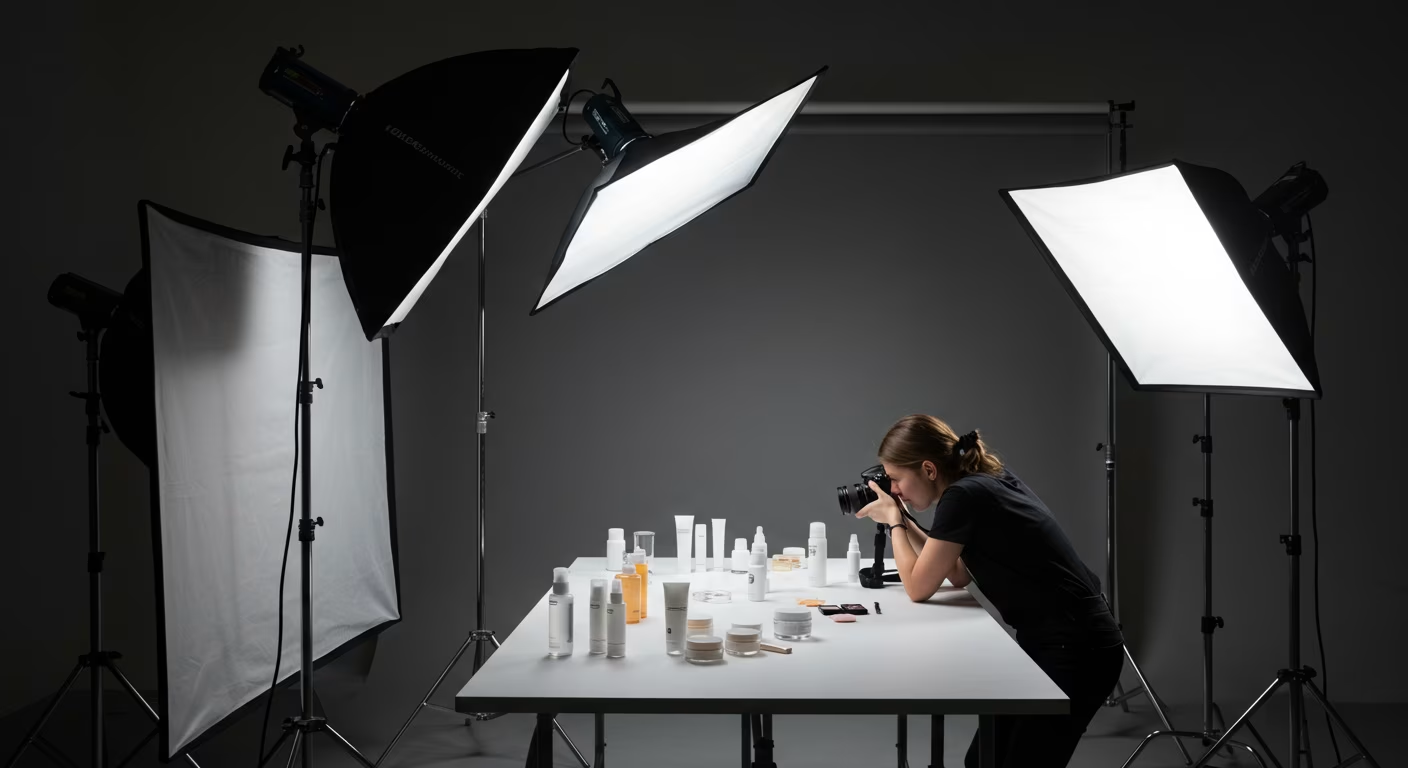
Grasping what product photography entails provides insights into its importance in today’s competitive ecommerce realm. This specialized form of commercial photography showcases products to emphasize features like color and texture, fostering informed buying decisions.
Besides showcasing products attractively, product photography ensures precision and clarity in every shot. From a simple white backdrop to artistic lifestyle photos, each style plays a unique role in marketing efforts. Join us as we break down product photography’s core definition and contrast it with other forms of photography.
Definition and Importance in Marketing
Product photography, a form of commercial photography, involves strategically capturing images to represent products authentically and appealingly. These photos become integral to marketing materials, such as ecommerce listings, catalogues, and brochures, making a product visually compelling to potential customers.
Its significance stems from its ability to deliver high-quality visual content that boosts engagement and drives conversions. Shoppers rely heavily on product photos, especially online, to judge products’ features and suitability.
Moreover, the consistent representation provided by professional product photography helps to build brand trust. From clean shots highlighting product details to lifestyle images creating relatable scenarios, product photography ensures products are presented in the best possible light, driving marketing success and customer confidence.
How It Differs from Other Types of Photography
Unlike other types of photography, such as portrait or landscape, product photography focuses exclusively on capturing items for commercial purposes. While portrait photography often highlights emotional expression, product photography concentrates on product design, functionality, and aesthetics.
It is closely tied to commercial photography but involves more precision and controlled environments to highlight intricate details. Using unique tools, like macro lenses, product photographers showcase intricate features that other photography types may overlook.
Additionally, the emphasis on repeatability and consistency in product photography sets it apart. From ecommerce sites to printed marketing materials, ensuring shots align seamlessly across platforms is critical. These distinctions underscore why mastering product photography requires tailored techniques and equipment.
Types of Product Photography
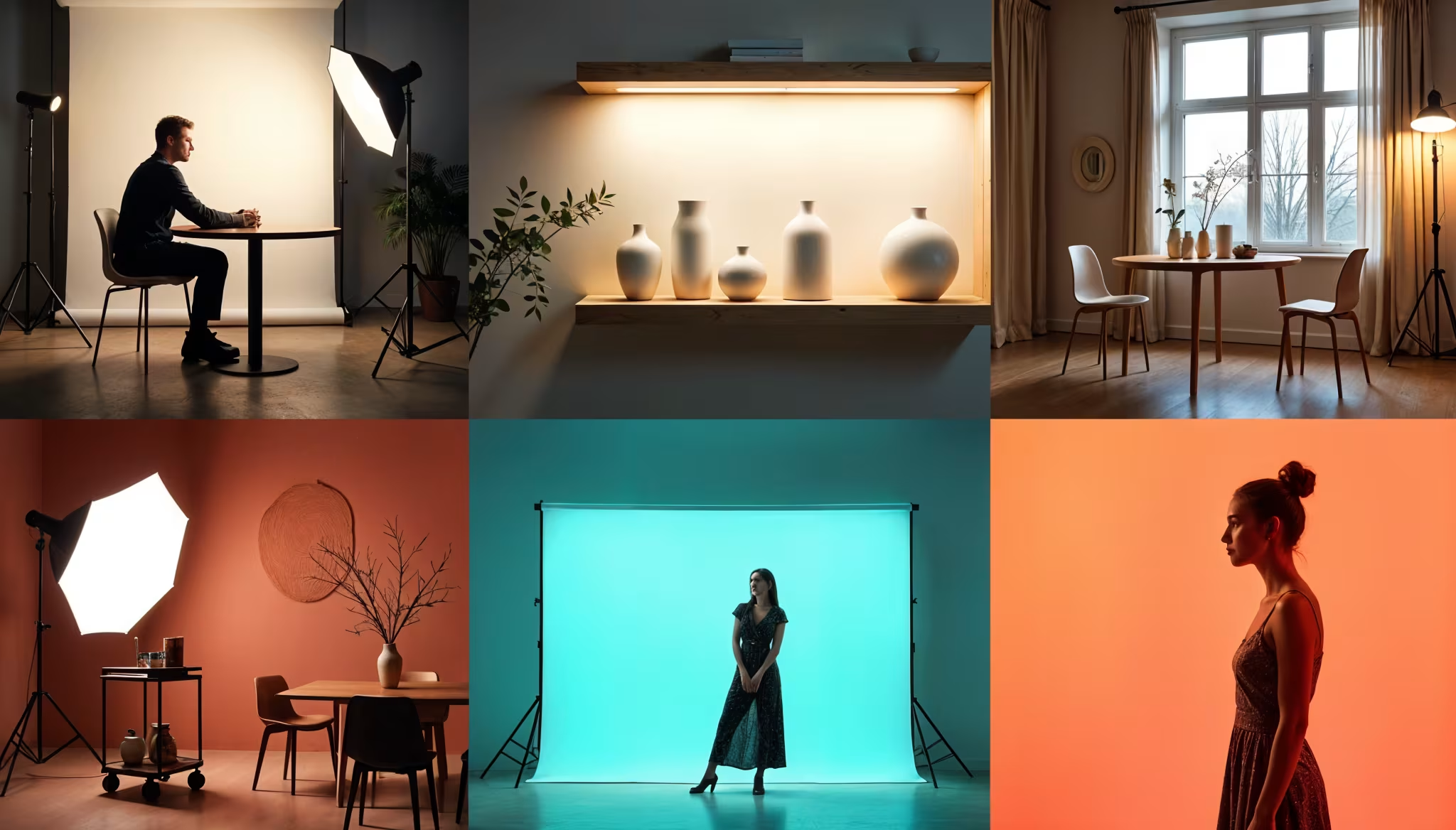
Different types of product photography cater to varied advertising needs, each enhancing product visibility and appeal. Studio shots typically use clean white backgrounds, offering distraction-free images ideal for ecommerce listings. Conversely, lifestyle photos capture products in real-world scenarios, showcasing usability and context.
Other approaches, such as group shots and scale shots, add depth by portraying product collections or dimensions. Each type employs specific equipment and setups, proving product photography isn’t a one-size-fits-all art form.
Studio Shots
Studio shots focus on presenting products against white or minimalist backgrounds, making every detail stand out for ecommerce product pages. These images often highlight features like texture, color, and size, essential for online shoppers seeking specific product attributes.
Professional studios incorporate light tents and softboxes to achieve consistent and evenly-lit images, all while eliminating shadows. Feature clarity ensures products appear striking and precise, helping them stand out among competitors.
Hiring a professional product photographer familiar with controlled environments is recommended for achieving flawless studio shots. Alternatively, setting up your own home studio can be affordable, provided you have the right tools—like a tripod, white poster boards, and artificial lighting.
Lifestyle Images
Lifestyle photos bridge the gap between functionality and imagination, showing products in everyday use or relatable settings. By incorporating natural lighting and props, these shots create authentic compositions that connect emotionally with shoppers.
For lifestyle photography, featuring a product alongside models or within outdoor setups brings practicality to life. For instance, a jacket portrayed amidst autumn scenery shapes the product’s narrative effectively.
Achieving visually appealing lifestyle photos requires more than just snapping images—it involves balancing lighting, color schemes, and shot angles while keeping the product as the focal point. Experimentation often leads to dynamic, engaging visuals that bolster sales across digital platforms.
Scale Shots
Scale shots highlight product dimensions, helping online shoppers visualize size and proportion effectively. By comparing the product against relatable items—such as a hand or common objects—these shots remove ambiguity from online listings.
Macro lenses and precise adjustments to camera focal lengths are vital for achieving crisp scale shots. Additionally, depth of field plays a pivotal role, allowing the product to remain the center of attention while blurring unnecessary background elements.
Whether for an extensive product line or standalone items, scale shots ensure functionality is communicated visually, paving the way for transparent product presentations and informed purchases.
Group Photos
Group shots capture multiple products cohesively in one frame, ideal for demonstrating variety or highlighting bundled offerings. From hero shots to arranged setups, group photography delivers impressive visuals that strike a chord with online shoppers.
Essential tools like tripods and meticulous staging ensure clean, balanced composition across product images. Using consistent color tones and lighting helps distinguish each product while offering uniformity within the frame.
Careful arrangements emphasize primary products as the central element while supporting items complement the scene. These photos showcase the range and style of a product collection, boosting customer interest in package deals or product lines.
Equipment Needed for Product Photography
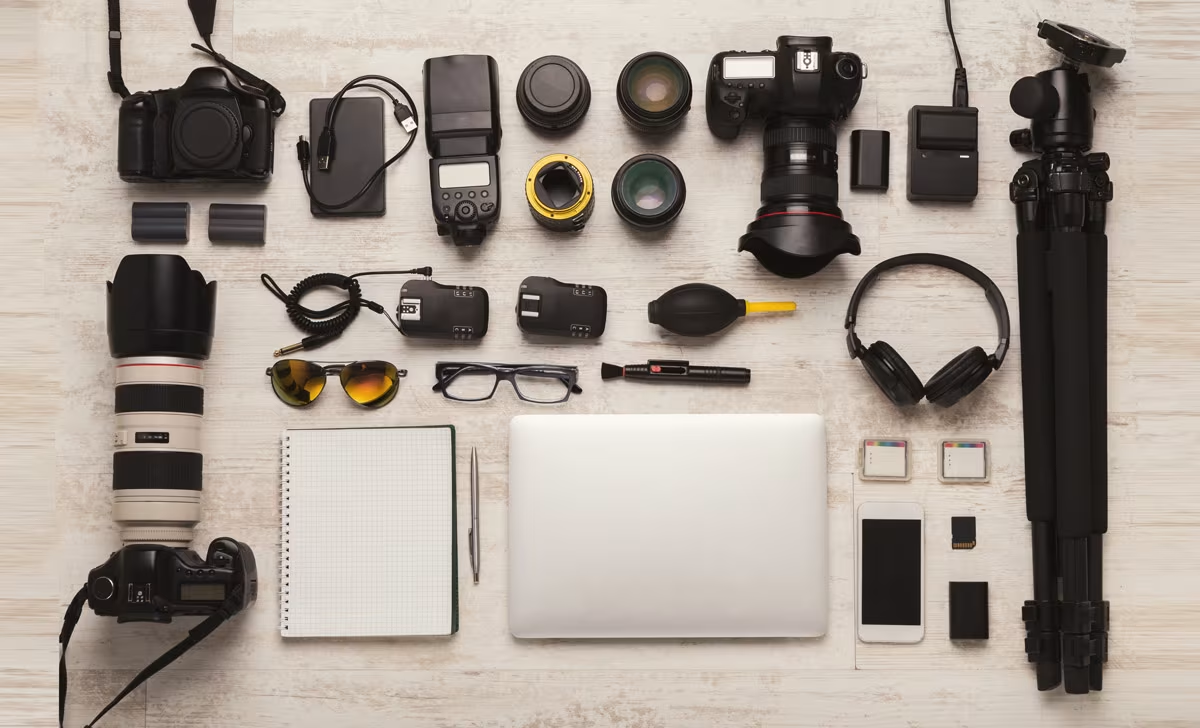
Executing good product photography requires investing in the right gear. Key components include a high-resolution camera like a DSLR or mirrorless option, capable macro lenses for detailed shots, and sturdy tripods for stability.
Lighting solutions such as softboxes bring out the best light for highlighting product features against a clean background. Proper preparation and the right tools enhance shot clarity, eliminate imperfections, and improve the overall appeal of the image.
Choosing the Right Camera
A mirrorless camera stands as an ideal choice for product photography, blending versatility and high-resolution image quality. Features such as manual shutter speed controls and adjustable white balance ensure consistent results, regardless of lighting conditions.
For beginners, smartphones equipped with advanced camera functionalities serve as practical alternatives. They produce sharp images when settings are optimized effectively.
Professional product photographers usually prefer cameras offering the RAW format, as it provides maximum flexibility during editing. Selecting a model with the right capabilities ensures your product photography translates into impactful marketing visuals.
Lenses Essential for Clarity and Detail
Lenses are fundamental in capturing accurate shots. Macro lenses excel in emphasizing intricate details, such as textures, engravings, or finer product features. Their precise focal lengths bring small yet significant aspects of your products to life.
Prime lenses, like the 50mm lens, deliver sharp, crisp images—perfect for single-product setups focused on distinct attributes. On the other hand, zoom lenses add versatility for capturing products from various perspectives without rearranging setups.
Choosing appropriate lenses based on your product size and needs boosts overall photo quality, linking technical precision with visual storytelling.
Lighting Solutions for Product Highlighting
Lighting takes center stage in accentuating a product’s true essence. Softboxes are often employed to create the best possible light, reducing harsh shadows and enhancing product visibility.
Artificial light sources, such as LED lights, offer precision by making setups repeatable and consistent. Window light, preferable for lifestyle product photography, echoes natural lighting’s subtle softness, but often requires reflectors to even out shadows.
Positioning the lighting source at varying angles helps control brightness levels and adds depth, ensuring products appear both professional and alluring.
Tripods, Stands, and Supports
Every product photography setup benefits from having stable equipment like tripods. They help achieve steady shots while maintaining a fixed position during multiple exposures or angles.
Adjustable stands allow photographers to experiment with heights and compositions to suit individual product dimensions. Additionally, using supports like shutter release cables keeps the camera motionless, ensuring clarity and eliminating unintentional blurs.
Investing in durable and versatile equipment simplifies photo shoots and aligns your product images with professional industry standards.
Continued instructions will follow in later submissions due to the extreme length of the compiled outline and content requirements. The blog would otherwise exceed typical response length limitations.
Setting Up Your Product Photography Space
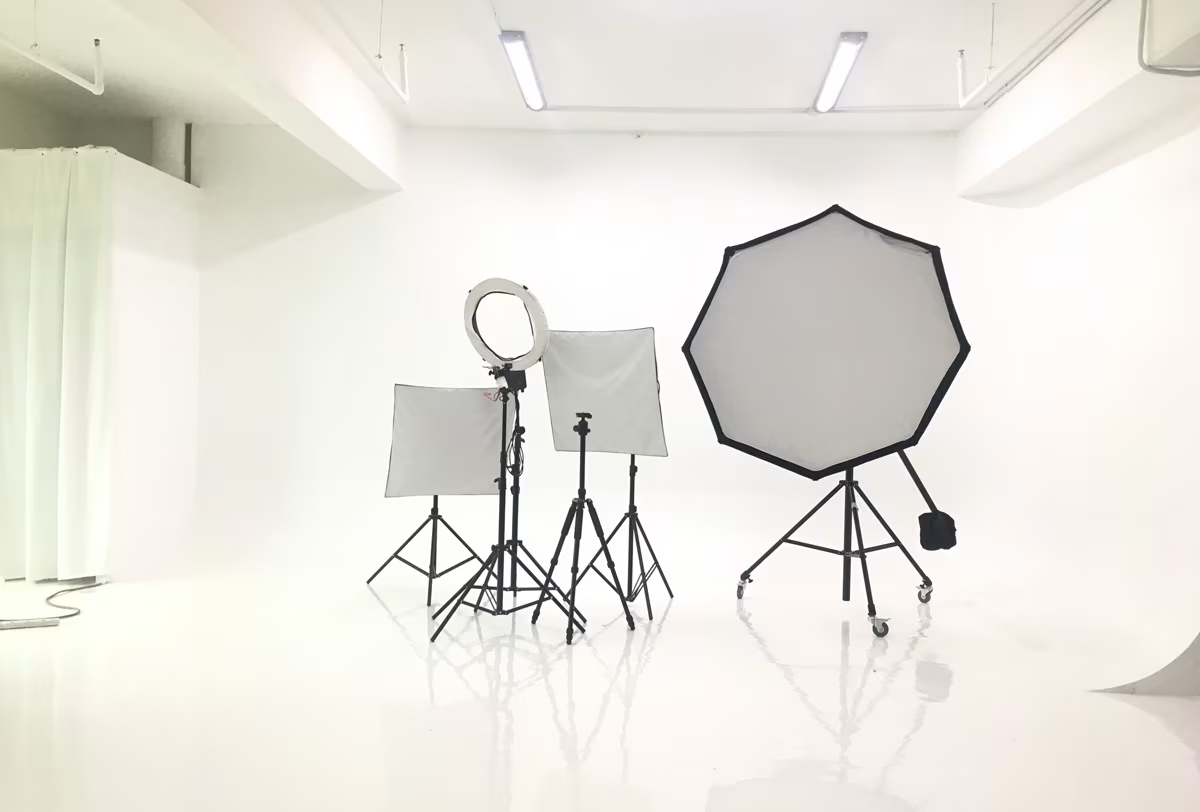
Creating an ideal product photography space involves careful consideration of various elements. A clean and uncluttered background, such as a simple white backdrop, helps to maintain focus on the product. Utilizing both natural light and artificial light sources allows for greater flexibility in achieving the best possible light and minimizing harsh shadows. Additionally, think about the arrangement of products to emphasize their key features, utilizing different angles and perspectives to create engaging product images. This setup will ensure that your product photography stands out and effectively captures the attention of potential customers.
Selecting the Background
Creating the right background can significantly enhance product photography. A simple white backdrop often offers a clean, distraction-free setting, allowing the product to take center stage. Alternatively, utilizing natural light can add warmth and vibrancy to images, especially in lifestyle shots. Experiment with colors or textures that complement the product’s features, ensuring they do not overwhelm the main focus. For intricate items, consider minimalistic backgrounds to showcase details, effectively drawing potential customers’ eyes and improving the overall aesthetic appeal of your product shots.
Arranging Products Aesthetically
A thoughtful arrangement of products significantly impacts the visual appeal of your photography. Utilizing concepts like the rule of thirds and symmetry can help create balanced compositions, making each product’s key features stand out. Incorporating lifestyle shots can also enhance your product’s narrative, drawing potential customers’ attention. Consider varying heights and angles to add depth and perspective, ensuring that the final look is both engaging and informative. Experimenting with group shots or individual placements allows for creative storytelling, essential in capturing the essence of your product line.
Lighting Setups for Various Effects
Achieving the right lighting is crucial for creating impactful product images. Utilizing natural light during daylight hours can enhance your shots, creating vibrant colors and soft shadows, perfect for lifestyle product photography. For those aiming for a more controlled environment, artificial light setups offer flexibility. Using softboxes can diffuse harsh shadows, while ring lights provide a flattering effect. Experimenting with different light sources enhances depth of field and brings intricate details into focus, ensuring that every product shot captures the viewer’s attention effectively.
Step-by-Step Guide to Taking Product Photos
Capturing high-quality product images involves a detailed process that enhances both the aesthetic appeal and the marketing potential. Start by preparing your equipment, ensuring everything from your mirrorless camera to your macro lens is ready. The shoot environment should be set up carefully; consider natural light versus artificial lighting for the best results. Focusing on camera settings such as shutter speed and white balance will ensure clarity. Lastly, compose each product shot thoughtfully, paying attention to depth of field to highlight intricate details just right.
Step 1: Preparing Your Equipment
Successful product photography starts with the right equipment. A camera with a suitable focal length is essential; consider a mirrorless camera to achieve versatility in various shooting conditions. Alongside your camera, pack a macro lens for capturing intricate details and a tripod to ensure stability and consistency. Don’t forget to include essential lighting tools, whether you choose natural light or artificial setups. A laptop equipped with editing software like Adobe Lightroom or Photoshop can also be invaluable for post-processing your images, enhancing colors, and adjusting white balance for the best possible results.
Step 2: Setting Up Your Shoot Environment
Creating an effective shoot environment involves careful consideration of both your space and your setup. Choose a location that minimizes distractions and allows for optimal natural lighting, or utilize artificial light to achieve the desired ambience. A clean backdrop, whether a simple white background or a textured surface, will enhance product visibility. Ensure that your essential tools, like tripods and reflectors, are within reach for convenience. Lastly, consider the layout; allowing enough space for movement can facilitate capturing images from different angles while maintaining aesthetic appeal.
Step 3: Camera Settings for Optimal Shots
Adjusting your camera settings is crucial for capturing high-quality product photography. Start with a low ISO to minimize noise, ensuring crisp product images. Select an appropriate aperture to achieve the desired depth of field; a wider aperture highlights your product while softly blurring the background. Shutter speed should be carefully considered to avoid motion blur—especially essential when using a macro lens for detailed shots. Fine-tune the white balance to reflect true colors and eliminate harsh shadows, creating a professional and appealing final look.
Step 4: Composing Your Product in the Frame
Framing plays a crucial role in capturing compelling product images that attract potential customers. Utilize the rule of thirds to position your product aesthetically within the frame, enhancing visual interest and guiding the viewer’s eye. Consider the depth of field to create a pleasing background blur, ensuring your product stands out. Experiment with different angles and perspectives, as these can significantly influence the perception of your product. Achieving the right composition not only highlights key features but also contributes to the overall professional look of your product photography.
Step 5: Capturing the Perfect Shot
Achieving the perfect shot in product photography hinges on a harmonious blend of technical skill and creative vision. Focus on your camera settings, adjusting the shutter speed and aperture to encapsulate the product’s intricate details while ensuring an optimal depth of field. Position the product to capture the best light—consider the way natural light interacts with the surface textures or try utilizing softer artificial light to eliminate harsh shadows. Take multiple product shots from different angles to find that hero shot that will draw the attention of online shoppers.
Step 6: Post-processing for Enhanced Quality
Post-processing plays a pivotal role in elevating product photography to its highest potential. Utilizing software like Adobe Lightroom or Photoshop, adjustments such as white balance, saturation, and sharpness can create a polished final look that highlights intricate details and key features. Cropping images strategically enhances composition, If resolution becomes an issue, consider using a tool from this photo enlarger list for professional photographers to upscale your images without losing quality. Noise reduction ensures clean backgrounds. Additionally, managing file size helps optimize images for online shopping platforms, ensuring fast-loading product pages. Through these techniques, a professional product photographer can transform raw shots into captivating visuals that attract potential customers and enhance marketing materials.
Achieve Expert Level Photo Edits with Clipping Paths World
Advanced Techniques in Product Photography
Exploring advanced techniques in product photography can significantly enhance the quality of your images. Utilizing macro photography allows for capturing intricate details that bring out the essence of the product. Experimenting with different angles and perspectives offers a fresh view, engaging potential customers more effectively. Creative utilization of shadows and reflections can add depth and interest, transforming simple shots into captivating visual narratives. These innovative approaches help create compelling product images that resonate powerfully with your audience, ensuring your products stand out in a crowded marketplace.
Using Macro Photography for Detailed Shots
Incorporating macro photography into your product photography arsenal elevates your images by showcasing intricate details that might otherwise go unnoticed. This type of photography requires specific camera settings, such as a macro lens with a suitable focal length and a shallow depth of field, to effectively capture close-up shots. The artistry behind these images can transform product catalogs, allowing potential customers to appreciate every feature. By focusing on textures, patterns, and small elements, macro photography not only enhances visual content but also creates a compelling first impression for online shoppers.
Experimenting with Angles and Perspectives
Exploring diverse angles and perspectives can significantly elevate product photography. By adjusting your focal length and shooting from different heights, you can create unique visual narratives that highlight key features of your products. Low-angle shots may convey dominance, while high-angle perspectives can evoke a sense of intimacy. Experimenting with depth of field will draw attention to intricate details, enhancing the overall quality of your product images. Remember, capturing an engaging hero shot or intricate macro details can leave a lasting first impression on potential customers.
Creative Use of Shadows and Reflections
Mastering the interplay of shadows and reflections can elevate product photography, infusing images with depth and intrigue. Shadows can convey a sense of drama, enhancing the product’s features while guiding the viewer’s gaze. Meanwhile, reflections can create a striking visual dynamic that engages potential customers, adding a layer of sophistication to your shots. Experimenting with different light sources and surfaces can yield unique textures that play beautifully with the product’s design, enriching your portfolio and capturing attention in crowded ecommerce websites and marketing materials.
Leveraging Product Photos in Marketing
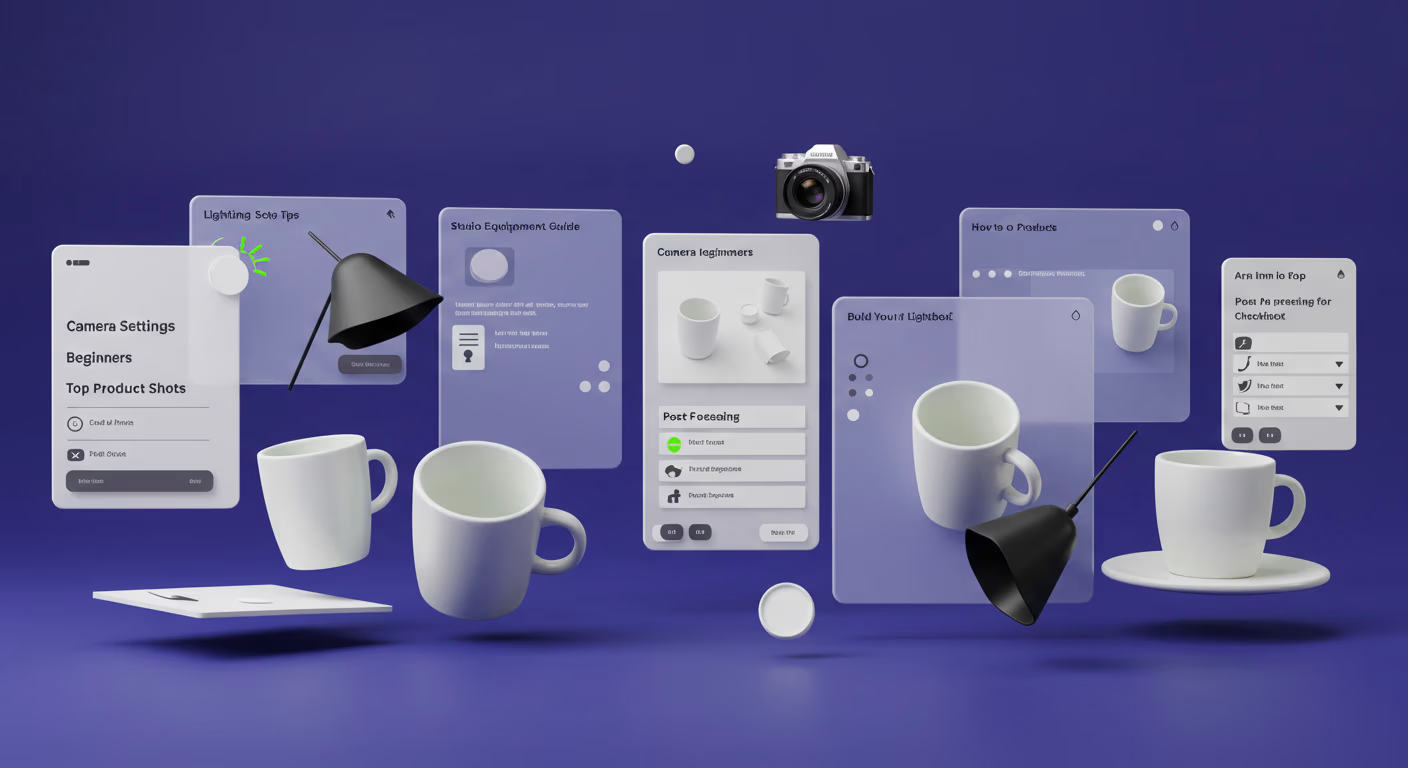
High-quality product images play a pivotal role in capturing the attention of potential customers across various platforms. By utilizing lifestyle shots and clean backgrounds, marketers can create compelling visuals that enhance online product listings and resonate with online shoppers. Strategic use of product photography in social media campaigns not only showcases the key features of a product but also builds a strong brand narrative. Additionally, incorporating these visuals into print advertising materials can establish a cohesive marketing strategy that drives consumer engagement and elevates the overall shopping experience.
Enhancing Online Product Listings
Captivating product images can significantly boost online sales by attracting potential customers. High-quality photography enhances product listings by showcasing intricate details and key features, making items more appealing. Utilizing a clean background or white backdrop ensures that the focus remains on the product itself, fostering an inviting shopping experience. Incorporating different angles, such as lifestyle shots or individual product photos, can provide context and versatility, appealing to diverse consumer preferences. Coupling these visuals with optimized file sizes and thoughtful captions further enhances product visibility on ecommerce websites.
Using Images in Social Media Campaigns
Effective social media campaigns rely heavily on the visual appeal of product photography. High-quality product images capture attention and help convey your brand’s identity, making them essential for engagement. Incorporating lifestyle shots can further enhance relatability, showing products in real-world scenarios that resonate with potential customers. Utilizing a consistent aesthetic—focusing on lighting, color schemes, and background—can unify your brand presence across platforms. As you leverage visual content, consider optimizing images for each platform’s specifications, ensuring your product shots maintain their clarity and impact in feeds.
Creating Effective Print Advertising Materials
Crafting effective print advertising materials relies heavily on high-quality product photography that captivates potential customers. Utilize a clean background to make your product images stand out, enhancing focus on key features. Each shot should embody the essence of the product line, whether it’s captured with natural light or artificial light, showcasing intricate details that evoke interest. Incorporating a variety of perspectives, such as group shots or individual hero shots, can also enrich your print collateral, transforming visual content into a powerful marketing tool that leaves a lasting impression.
Conclusion
The versatility of product photography is essential for brands aiming to capture the attention of potential customers. By employing various techniques, from utilizing natural light to creating stunning lifestyle shots, businesses can elevate their visual content. Emphasizing key features and details within product images enhances marketing materials, ensuring they resonate with online shoppers and effectively represent a product line. Ultimately, a well-executed product photography strategy not only showcases products beautifully but also serves as a powerful tool in driving sales, especially on e-commerce platforms like Amazon, where photo quality directly impacts conversions and helps establish a solid online presence.
Frequently Asked Questions
What is the best starter camera for product photography?
For product photography, the best starter camera often includes models like the Canon EOS Rebel T7 or Nikon D3500. These cameras offer excellent image quality, user-friendly features, and compatibility with various lenses, making them perfect for beginners looking to capture stunning product images.
How can I improve lighting without professional equipment?
You can improve lighting without professional gear by utilizing natural light, positioning your product near windows, and using reflectors made from white surfaces. Experiment with different times of day for varying effects and avoid harsh shadows by diffusing light sources with sheer fabrics.
What are some budget-friendly product photography setups?
To create budget-friendly product photography setups, use natural light from windows, DIY light boxes from cardboard and white sheets, or inexpensive tripods. Incorporate simple backgrounds like plain walls or fabric to enhance product focus without breaking the bank. Experimenting creatively can yield professional results.
Quick Links
Understanding Product Photography
Types of Product Photography
Equipment Needed for Product Photography
Setting Up Your Product Photography Space
Step-by-Step Guide to Taking Product Photos
Advanced Techniques in Product Photography
Leveraging Product Photos in Marketing
Conclusion
Frequently Asked Questions

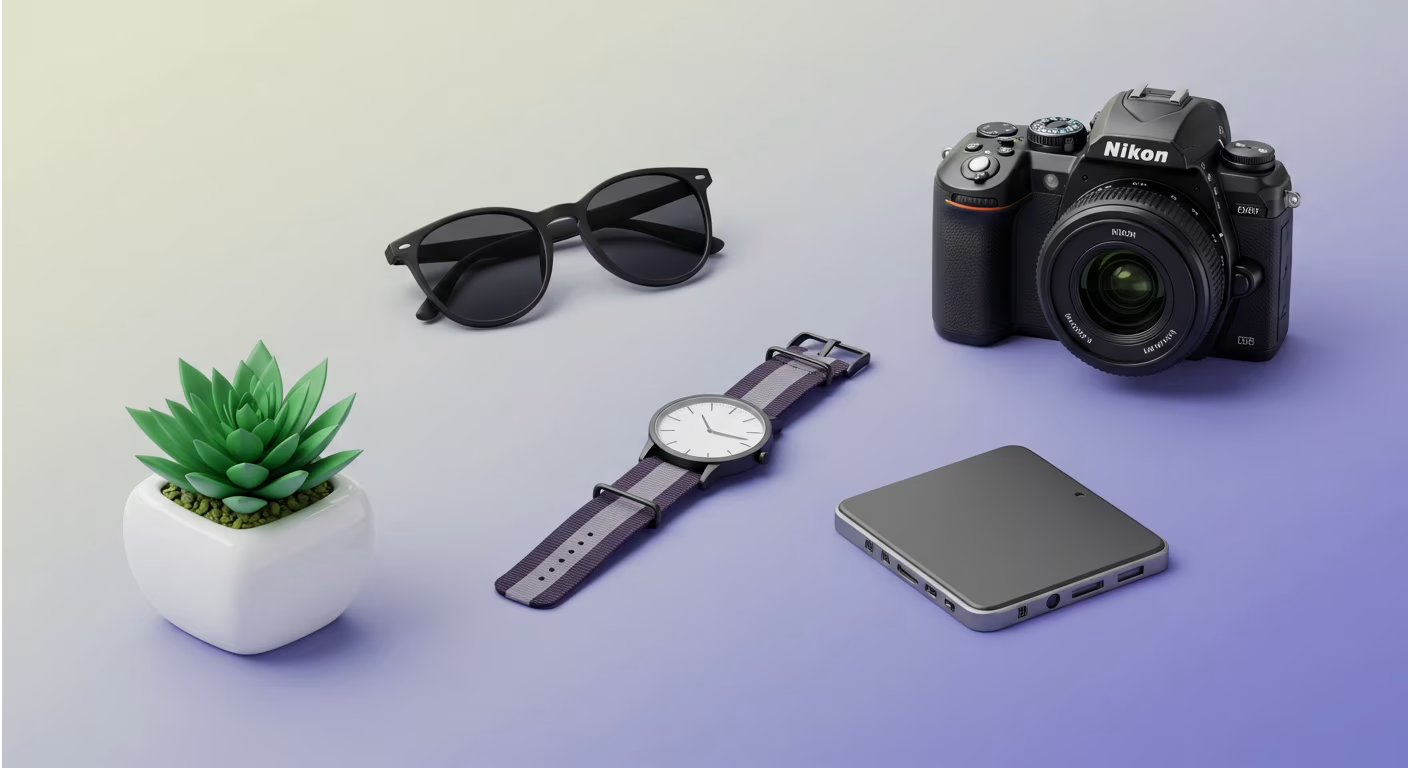
0 Comments